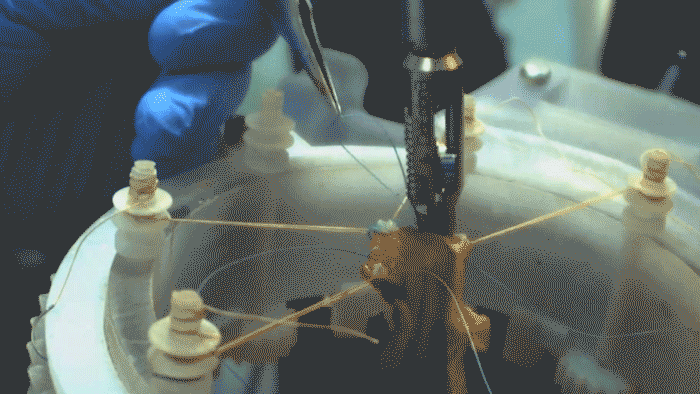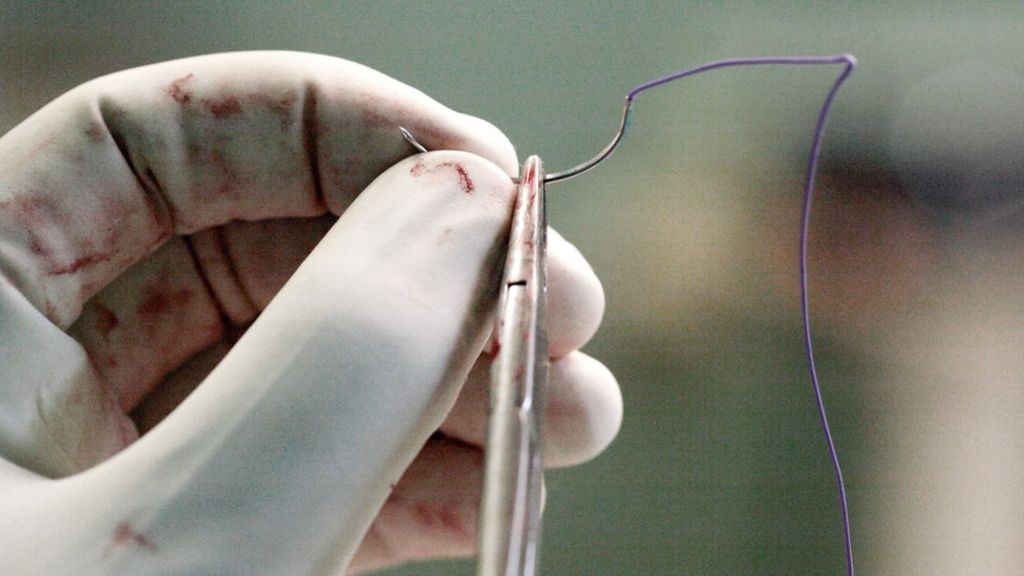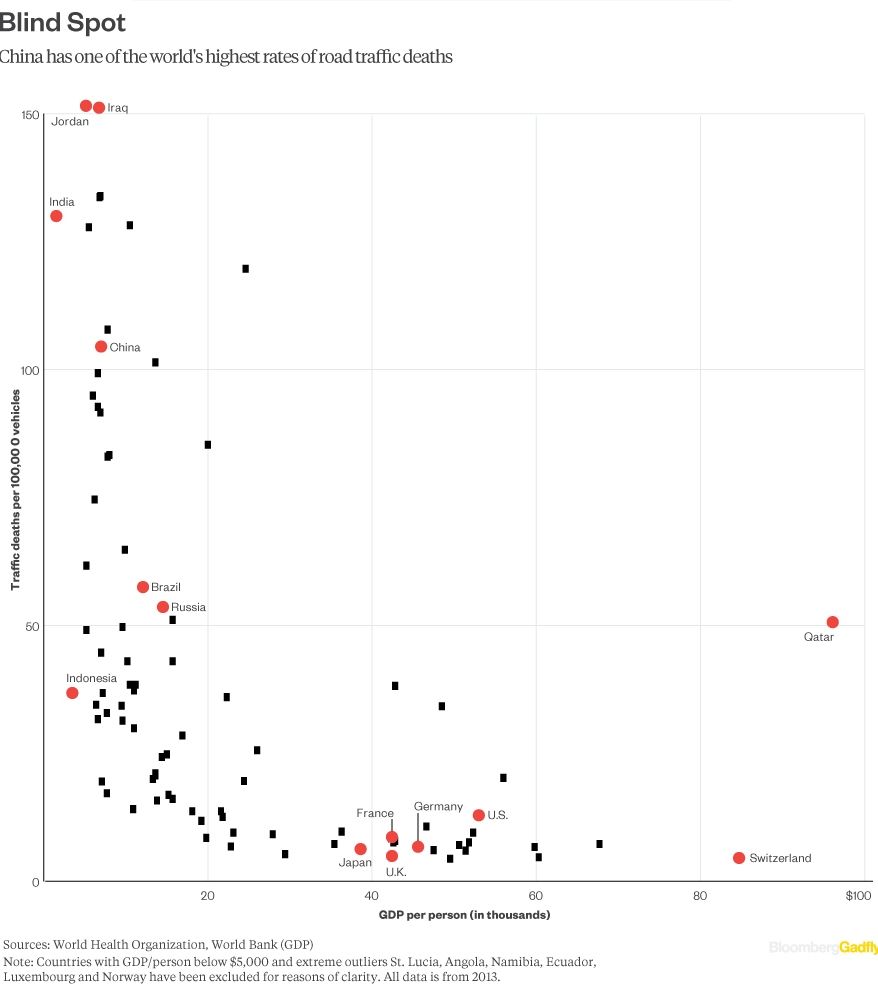I will admit that was a smart move for Amazon.
Amazon has hired an artificial intelligence executive from Xerox’s Parc to head artificial intelligence research and development for its Alexa interactive voice technology.


Autonomous robot surgeon prototype stitches pigs’ colons better than human and human-assisted robot surgeons:
In his proof-of-concept study, the STAR system stitched together two parts of a pig’s colon. The researchers likened this task to reconnecting a cut garden hose—and just like the hose, if the stitching is done imperfectly, the colon can be prone to leaks that can be life-threatening. Using the vision system and a pressure sensor at the end of the robotic arm, the STAR tool automatically placed sutures in the tissue to reconnect it, both in tissue in the lab and inside living pigs. The researchers then compared the STAR’s performance to that of a surgeon performing the same task with a laparoscopic tool as well as a robot-assisted surgery in which the surgeon controls the robot.
Comparing the uniformity of the sutures, number of mistakes and the highest pressure that the tissue could withstand without leaking, the STAR system performed better than the human and the human-directed robot. None of the living pigs had any complications from the operations.
Welcome to the age of autonomous surgery.


Here is the real challenge to ask the average parent or grandparent on the street: are you willing to allow your 5 year old child or grandchild to have a brain tumor removed by an autonomous robot without any trained & experienced surgeon or nurse supervision?
An unmanned robot has been used to stitch together a pig’s bowel, moving science a step closer to automated surgery, say experts.
Unlike existing machines, the Star robot is self-controlled — it doesn’t need to be guided by a surgeon’s hands.
In tests on pigs, it at least matched trained doctors at mending cut bowel, Science Translational Medicine reports.

(Source: Jimmy Pike & Christopher Wilder ©Moor Insights & Strategy)
Microsoft and Facebook recently announced how they plan to drive leadership in the digital transformation and cloud market: bots. As more companies—especially application vendors—begin to drive solutions that incorporate machine learning, natural language, artificial intelligence, and structured and unstructured data, bots will increase in relevance and value. Google’s Cloud Platform (GCP) and Microsoft see considerable opportunities to enable vendors and developers to build solutions that can see, hear and learn as well as applications that can recognize and learn from a user’s intent, emotions, face, language and voice.
Bots are not new, but they have evolved over time through the evolution of artificial intelligence (AI), machine learning, ubiquitous connectivity and increases in data processing speeds. In the mid-1990s, the first commercial bots were developed. For example, I was on the ground floor for the first commercial chat providers called ichat. As with many disruptive media-based technologies, as was the case with ichat, early adopters tend to be the darker side of the entertainment industry. These companies saw a way to get website visitors to stay online longer by having someone to interact with their guests at 3AM. Out of this necessity, chatbots were developed. Thankfully, the technology has evolved and now bots are mainstream and are being used to helping people perform simple tasks and interact with service providers.

I find this amusing because much of the top US AI talent has worked for many decades in the National Labs and not always in academia. National labs often is a mix of top scientists, engineers as well as academia; not academia only. Granted universities do incubations such a GA Tech, VA Tech, Rensselaer Polytechnic Institute, etc.; however, the bulk of AI and other patented innovations truly have come out of the national labs such as X10, Los Alamos, Argonne, over the years.
The high demand for AI talents at giant corporations This means the academe is directly affected because their smartest AI experts are rapidly transferring to the corporate world and leaving the academe.

Here is the impact of today’s IBM QC announcement & if proven real then the following will certainly be fasttracked:
1. IBM is now ahead of everyone in QC
2. China & Russia are now going to heat up their own QC efforts.
3. Google and Microsoft will accelerate their efforts to showcase QC in many areas of IoT including AI.
4. Apple will now need to join the QC revolution or face a future of non-existence in the long run because devices, networks & platforms, communications, etc. will now be quick to make the transition.
5. Robotics, genetic research capabilities and other medical technologies, etc. will be drastically advance to levels that we have.

Russia’s new frontier land grab. Anyone wanting to move to Siberia?
WASHINGTON — Call it the Muscovite version of “manifest destiny.” On Monday, President Vladimir Putin signed into law a bill that offers every Russian citizen a tract of land in their country’s remote Far East.
“All citizens will be entitled to apply for up to hectare of land in the Kamchatka, Primorye, Khabarovsk, Amur, Magadan and Sakhalin regions, the republic of Sakha, or the Jewish and Chukotka autonomous districts,” the Moscow Times reports. This is a vast stretch of territory spanning the upper Arctic reaches near Alaska, down to islands off the coast of Japan and deep into the Siberian hinterland.
Those interested in the venture can hold their hectare free of payment or tax for five years. After that, they would receive titles to their plot provided they have put it to use in the prior years.

Wonder what kind of insurance they have?
http://www.bloomberg.com/gadfly/art…ads-give-china-a-grim-edge-in-driverless-cars
Transport safety advances the same way physicist Max Planck saw science progressing: one funeral at a time.
That’s bad news for the people of China, whose roads are some of the world’s most dangerous. But it’s an advantage for the slew of Chinese companies racing to overtake Silicon Valley and Detroit in developing self-driving vehicles.